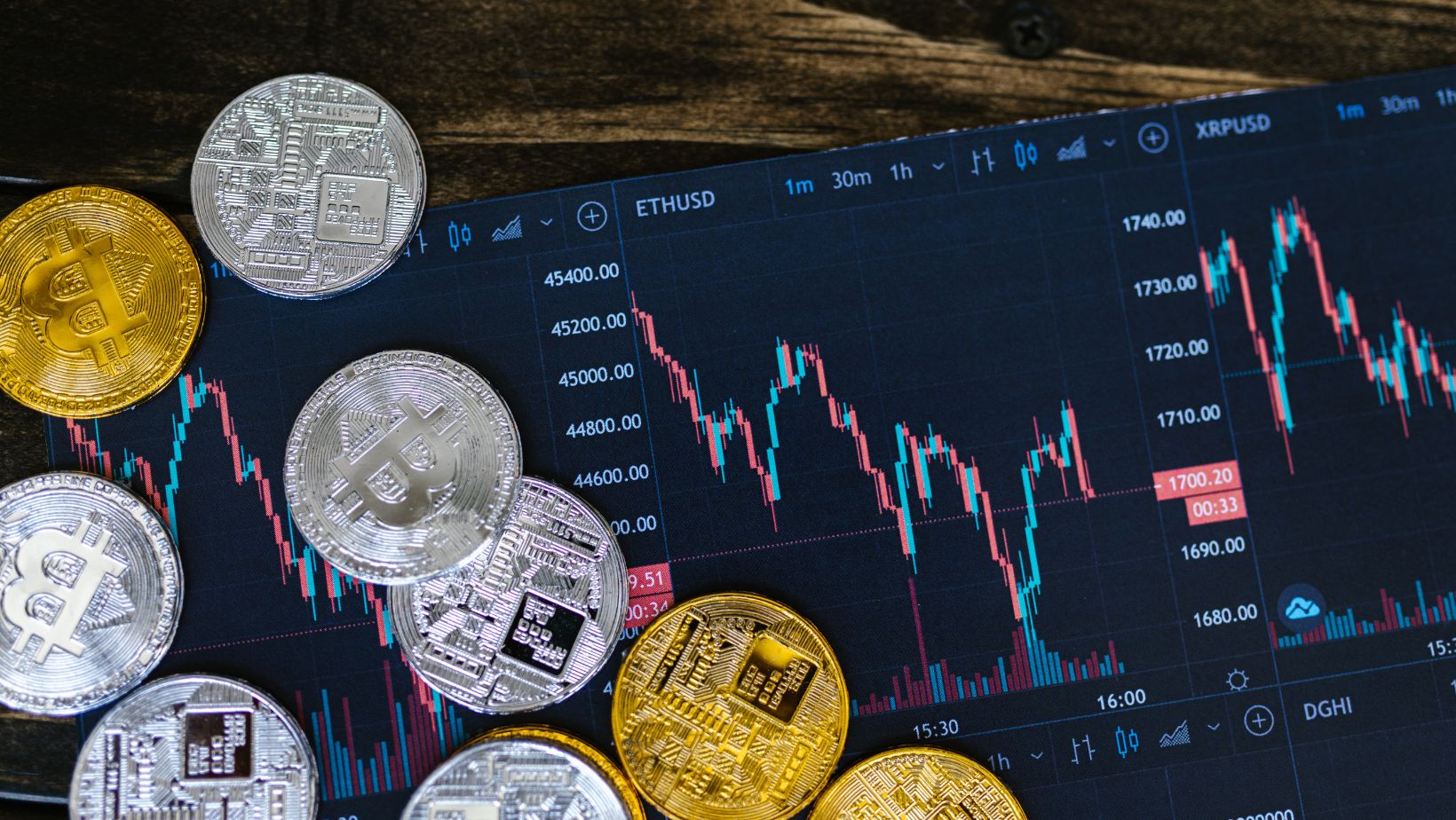
How to Invest in LVMH: A Lucrative Opportunity For Growth
Investing in LVMH can be a lucrative opportunity for those looking to diversify their investment portfolio. LVMH, short for Moët Hennessy Louis Vuitton SE, is a renowned luxury goods conglomerate with a diverse range of brands under its umbrella. In this article, I’ll guide you through the steps on how to invest in LVMH and potentially reap the benefits of this prestigious company.
It’s important to do thorough research on LVMH and gain an understanding of its business operations, financial performance, and future growth prospects. Familiarize yourself with the various brands owned by LVMH, such as Louis Vuitton, Christian Dior, Sephora, and Dom Pérignon. By assessing their market presence and consumer demand, you can gauge the potential long-term success of your investment.
How To Invest In Lvmh
The History of LVMH
To understand how to invest in LVMH, it’s essential to delve into its rich history. LVMH, which stands for Moët Hennessy Louis Vuitton, is a multinational luxury goods conglomerate headquartered in Paris, France. Founded in 1987 through the merger of two prominent companies, Moët et Chandon and Hennessy, with fashion brand Louis Vuitton joining shortly after, LVMH has since grown into one of the world’s leading luxury brands.
LVMH boasts an impressive portfolio that includes renowned fashion houses like Christian Dior, Givenchy, Fendi, and Celine; iconic spirits such as Dom Pérignon champagne and Hennessy cognac; high-end watchmakers like TAG Heuer and Hublot; as well as cosmetics brands like Sephora and Benefit. This diversification across various sectors contributes to the company’s stability and resilience within the luxury market.
Key Factors to Consider Before Investing in LVMH
Before investing in any company, including LVMH, it’s vital to consider several key factors that can influence your investment decisions:
- Financial Performance: Assessing LVMH’s financial performance is crucial. Look at its revenue growth over time and analyze profitability indicators such as operating margin and return on equity.
- Market Trends: Stay updated on current trends within the luxury industry. Keep an eye on consumer behavior shifts and emerging markets that might impact demand for luxury products.
- Brand Strength: Evaluate the strength of LVMH’s brands individually and collectively. Consider factors such as brand recognition, desirability among consumers, and their ability to adapt to changing market dynamics.
- Competitive Landscape: Analyze competitors within the luxury sector to understand how they compare with LVMH regarding market share, product offerings, and innovation.
- Global Economic Outlook: Consider the overall economic climate and its potential impact on luxury spending. Factors such as global GDP growth, exchange rates, and geopolitical events can influence consumer sentiment.

Researching LVMH’s Financial Performance
When considering how to invest in LVMH, it is crucial to thoroughly research the company’s financial performance. Conducting a comprehensive analysis will provide valuable insights into its stability and growth potential. Here are a few steps I recommend taking:
- Overview the Annual Reports: Start by examining LVMH’s annual reports for the past few years. These reports offer a detailed overview of the company’s financial statements, including revenue, expenses, profit margins, and cash flow. Pay close attention to any trends or fluctuations in key metrics.
- Analyze Key Financial Ratios: Evaluating financial ratios can help assess LVMH’s profitability, liquidity, and leverage. Some important ratios to consider include the return on equity (ROE), earnings per share (EPS), current ratio, and debt-to-equity ratio. Comparing these ratios with industry benchmarks can provide valuable insights into the company’s financial health.
- Monitor Revenue Sources: Understand where LVMH generates its revenue from different segments such as fashion & leather goods, perfumes & cosmetics, watches & jewelry, selective retailing, and wines & spirits. Analyzing revenue sources can help you gauge which segments are driving growth and identify any potential risks.
- Evaluate Market Share: Assess LVMH’s market position within its industry and compare it with competitors’ market shares. A strong market share indicates brand strength and competitive advantage.
- Consider Economic Factors: Take into account macroeconomic factors that may impact LVMH’s business operations such as interest rates, consumer spending patterns, global economic outlooks, and geopolitical events.
- Stay Informed about Industry Trends: Keep track of emerging trends in luxury goods markets like changes in consumer preferences or shifts towards sustainable practices. Understanding these trends will help you evaluate whether LVMH is adapting to evolving customer demands effectively.
Remember that investing always carries some level of risk; therefore, it’s important to consult with a financial advisor or conduct further research before making any investment decisions.
By thoroughly researching LVMH’s financial performance, you’ll be better equipped to make informed investment choices in this luxury goods powerhouse.





